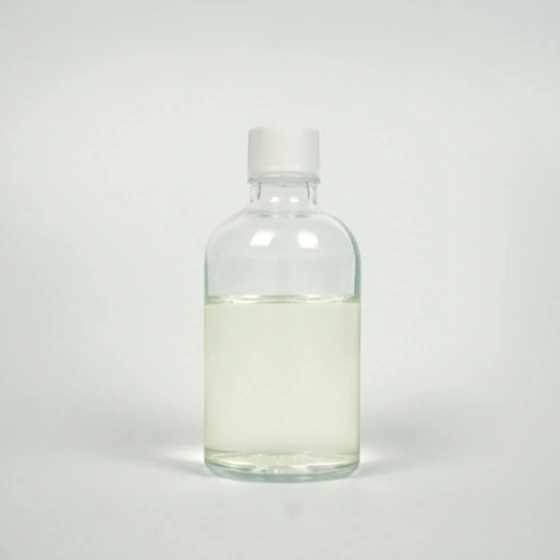What impact does Butan-1-o have on corrosion inhibition?
Butan-1-ol (1-butanol) can exhibit some corrosion inhibition properties, albeit its effectiveness as a standalone corrosion inhibitor is limited compared to specialized corrosion inhibitors.
Here are some ways in which butan-1-ol might influence corrosion inhibition:
- Passivation Aid: Butan-1-ol can act as a passivation aid in certain systems. It might aid in forming a protective film or layer on metal surfaces, mitigating the corrosion process by acting as a barrier between the metal and corrosive agents.
- Solvency and Surface Wetting: In some cases, butan-1-ol’s solvency and surface wetting properties might facilitate the dispersion or application of corrosion inhibitors onto metal surfaces. It can aid in the even distribution of other corrosion inhibitors, enhancing their effectiveness.
- Additive in Formulations: Butan-1-ol might be used as an additive in corrosion inhibitor formulations. While it might not act directly as a primary corrosion inhibitor, it can contribute to the overall performance of a corrosion inhibitor formulation by affecting its physical and chemical properties.
- Hydrophobicity Enhancement: Its hydrophobic nature might contribute to enhancing the water repellency of protective coatings or films, indirectly aiding in corrosion inhibition by minimizing the contact between the metal surface and corrosive agents.
However, it’s crucial to note that butan-1-ol’s effectiveness as a corrosion inhibitor is relatively limited compared to specialized corrosion inhibitors designed explicitly for this purpose. Many industrial applications rely on specific chemicals or formulations engineered to provide robust and long-term corrosion protection. When used alone, the corrosion inhibition properties of butan-1-ol might be insufficient for demanding or critical corrosion control applications. Comprehensive testing and evaluation are necessary to determine its suitability and effectiveness in specific corrosion inhibition scenarios.
How does Butan-1-ol function as a cross-linking agent in certain applications?
Butan-1-ol (1-butanol) isn’t typically used as a cross-linking agent in the same way as more common agents like peroxides or polyfunctional monomers.
However, it can indirectly contribute to cross-linking in certain applications, especially in polymer chemistry and materials science:
- Polymerization Processes: In certain polymerization reactions, butan-1-ol can act as a chain transfer agent. While it doesn’t directly cross-link polymers, it can affect the polymerization process by controlling the length of polymer chains. The shorter chains formed due to chain transfer reactions might influence the polymer’s physical properties, leading to changes in its cross-linking density.
- Plasticizer Influence: Butan-1-ol can act as a plasticizer in polymer systems. While not directly involved in cross-linking, its presence can alter the polymer’s characteristics, affecting the degree of cross-linking. By modifying the polymer matrix, China Butan-1-ol manufacturers it might indirectly influence cross-linking processes by affecting chain mobility and the formation of cross-links.
- Reaction Medium or Solvent: In some synthetic routes, butan-1-ol might serve as a reaction medium or solvent where cross-linking reactions occur. Its role in providing a suitable environment for reactions might indirectly influence cross-linking processes in certain formulations.
- Compatibilizer or Modifier: Butan-1-ol’s ability to modify the compatibility of different components in a formulation might indirectly impact cross-linking. By enhancing interactions between polymer chains or components, it might influence the formation of cross-links in certain systems.
- Hydroxyl Groups in Chemistry: Hydroxyl groups present in butan-1-ol molecules can participate in chemical reactions involving functional groups, potentially contributing to the creation of linkages or modifications within polymer systems in specific chemical environments.
However, it’s important to note that while butan-1-ol might have indirect influences on cross-linking processes in certain contexts, it is not primarily recognized as a conventional cross-linking agent. The role of butan-1-ol in cross-linking is less direct compared to specialized agents designed explicitly for this purpose. When cross-linking is a critical requirement, specific cross-linking agents or methods are typically preferred for their efficiency and reliability in forming stable, cross-linked networks within polymers or materials.
